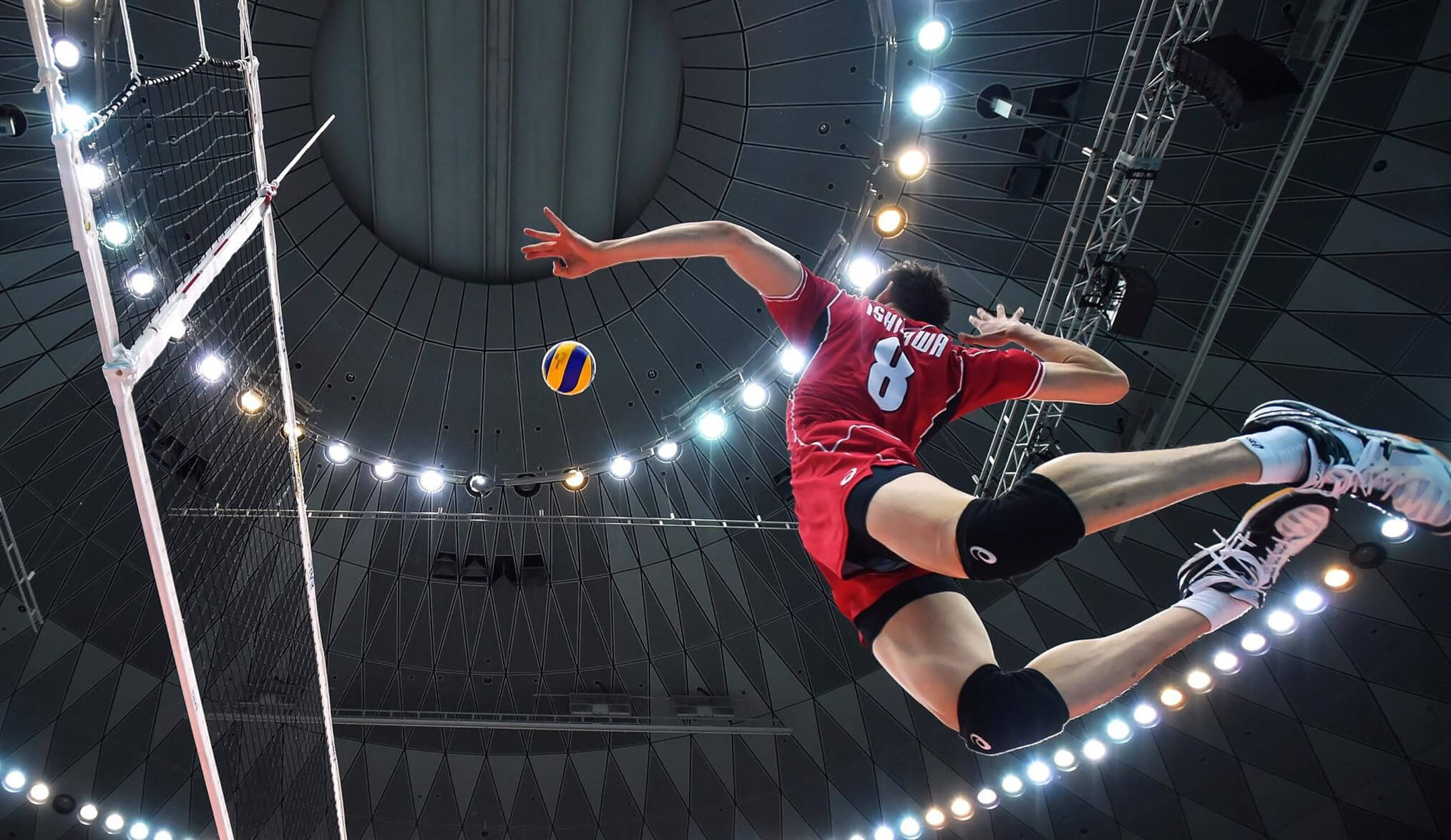Capturing the Perfect Moment: The Science Behind Timing in Photography
FACT-CHECKED ✅
Timing is a crucial element in photography that can transform an ordinary shot into a captivating image. This article explores the importance of timing across different photography genres like sports, street photography, and photojournalism. By examining scientific principles from visual perception and cognitive psychology, we provide actionable tips to help photographers anticipate and capture the perfect moment. Whether you're photographing fast-moving athletes or spontaneous street scenes, understanding the science of timing can elevate your skills and make your photos more impactful.
 |
| Timing is a crucial element in photography that can transform an ordinary shot into a captivating image. (📷commons.wikimedia) |
Why Timing Matters in Photography
The concept of capturing the "decisive moment", as coined by Henri Cartier-Bresson, emphasises that the best photographs are taken at a split second when everything aligns perfectly. This moment is about more than just snapping a picture at random; it involves a keen understanding of visual cues, movement, and emotional context. Research in visual perception shows that our brains process dynamic images differently from static ones, making well-timed photos stand out because they tell a compelling story.
Visual Perception and Timing: The Psychological Angle
Our brain scans images rapidly, looking for patterns, contrasts, and movement. When a photograph captures a subject in motion — like a child mid-jump or a dancer spinning — the viewer's brain engages with the image on a deeper level. The science of visual perception explains why moments of motion or emotional expression are so captivating. Our eyes are naturally drawn to elements that indicate change, action, or emotion. In photography, this is why timing is critical; it captures a moment of transition or climax that triggers an emotional response.
 |
| When a photograph captures a subject in motion the viewer's brain engages with the image on a deeper level. (📷pxhere) |
Tip: Focus on capturing transitional moments. Whether it's a smile just before it fully forms or the exact moment a bird takes flight, these transitions are what create a sense of life and motion in your photographs.
Anticipation in Sports Photography
Sports photography requires the ability to predict what will happen in the next instant. Athletes move rapidly, and the action can change in a fraction of a second. Anticipation, the psychological ability to foresee an event before it happens, is key here. Cognitive psychology suggests that experienced sports photographers rely on pattern recognition — understanding typical plays and movements of athletes — to anticipate peak action moments.
 |
| Sports photography requires the ability to predict what will happen in the next instant. (📷fotovalley) |
Practical Advice:
• Familiarise yourself with the sport to better predict moments of peak action.
• Use burst mode to capture a sequence of shots, increasing your chances of getting the perfect image.
Street Photography: Embracing Spontaneity
In street photography, the most powerful images often capture unplanned, candid moments. This genre relies heavily on a photographer's ability to observe and react quickly. Timing is everything when photographing a fleeting smile, a sudden gesture, or an unexpected interaction. The challenge lies in being ready to click the shutter as soon as you notice something intriguing happening.
 |
| Street photography relies heavily on a photographer's ability to observe and react quickly. (📷yourshotblog) |
Think about your last street photography session. Did you notice a pattern or visual cue that helped you capture a memorable shot? Reflect on how anticipating that moment influenced the final image.
The Ethical Timing in Photojournalism
Photojournalism places a strong emphasis on capturing the truth of a moment. Timing is not just about getting a visually striking shot; it's also about representing an event accurately. Capturing the right moment can convey the essence of a story, but missing it can alter the perceived truth. Photojournalists must be vigilant and ethically mindful, ensuring that the images they capture reflect the reality of the situation.
 |
| Photojournalism places a strong emphasis on capturing the truth of a moment. (📷washingtonpost) |
Using Visual Semiotics: The study of signs and symbols in images (visual semiotics) helps photojournalists convey deeper meanings. For example, capturing a protester’s raised fist can symbolise resistance or solidarity, depending on the context and timing of the shot.
Tip: Be ready for unexpected moments by continuously observing the scene. Set your camera to continuous autofocus (AF-C mode) to keep moving subjects sharp, ensuring you don’t miss key moments.
Techniques for Perfect Timing
Even with great anticipation skills, optimising your camera settings is essential for capturing the perfect moment:
2. Shutter Lag Awareness: Minimise shutter lag by half-pressing the shutter button to pre-focus on the subject. This technique reduces the time between pressing the button and capturing the image.
 |
| The best photographs are taken at a split second when everything aligns perfectly. (📷clik-trip) |
Mastering timing in photography requires a blend of technical skills, observational abilities, and psychological insight. By understanding how visual perception affects the viewer's experience and by practising anticipation, we can enhance your ability to capture compelling images in any setting. Whether you are snapping a candid street moment, capturing the peak action in sports, or documenting a powerful news event, timing can transform your photographs from ordinary to extraordinary. Keep practising and trust your instincts, as the perfect moment is often just a click away. Remember that photography is as much about intuition as it is about skill. Don’t be afraid to take risks and experiment with timing. You might just capture something unexpected and extraordinary.
⭐⭐⭐



Comments
Post a Comment